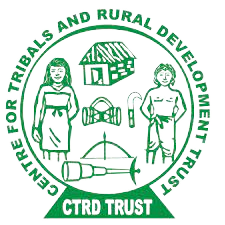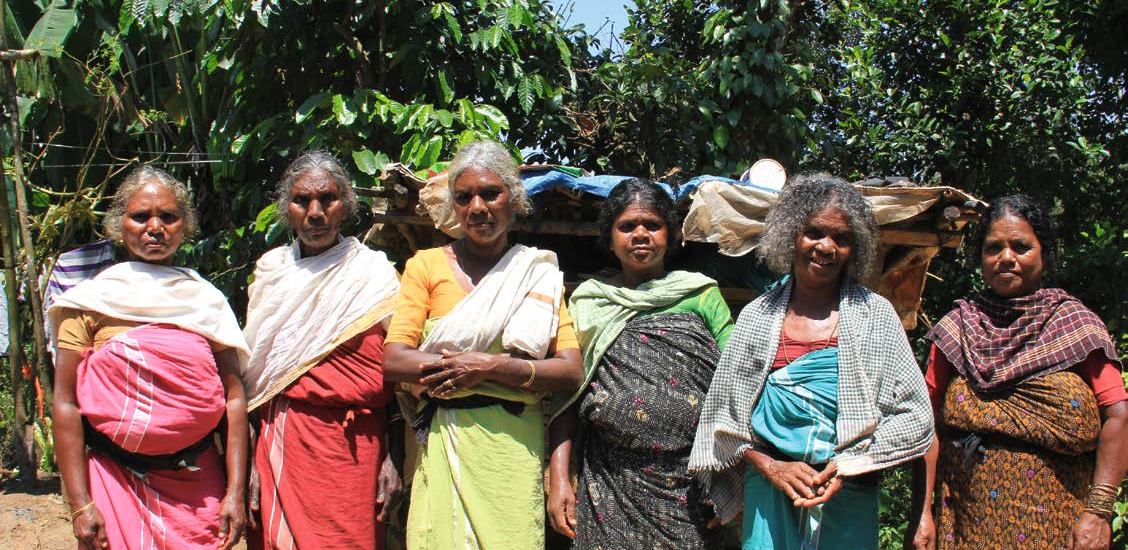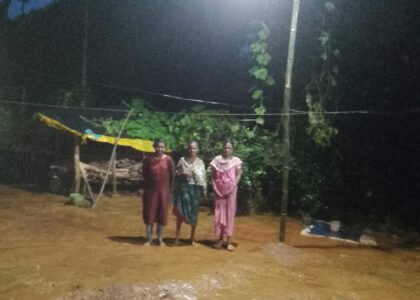The jubilee edition of “Weitwinkel” focuses on the halfway point of the UN Sustainable Development Goals. What experiences do you have with these goals, and do they have significance for your work?
The Centre for Tribal and Rural Development (CTRD), founded in 1988, aims to promote the development of Adivasi communities. Working with four of six Adivasi groups in Nilgiris, their primary goal is an integrated development project covering livelihood, education, health, and rural development. In the last six years, with SODI’s support, they integrated Adivasis into the education and healthcare systems, focusing on ensuring livelihoods, especially through nutrition security projects like tea cultivation and supporting small-scale farmers.
How has this work changed the lives of the residents?
CTRD addressed dire conditions in the 1980s, providing healthcare services and education. Mortality rates decreased as they implemented health plans and education initiatives, creating awareness and integrating Adivasis into modern healthcare practices. The organization also established village preparatory schools to adapt education to the Adivasis’ cultural context.
What about infrastructure in Adivasi-inhabited areas?
Monsoons pose challenges, requiring frequent repairs to tribal homes. SODI assistance enabled repairing houses after floods and constructing 52 new houses. Improved infrastructure includes mobile phones and motorcycles, vital for reaching remote areas.
How does your work incorporate environmental protection?
Initially hunter-gatherers, Adivasis depended on the forest for sustenance. CTRD’s projects, starting with tea gardens, provided sustainable incomes. They later focused on food security, educating 150 women in vegetable farming and beekeeping. Additionally, efforts combat Sickle Cell Anemia, emphasizing nutrition, and introducing local fruit cultivation for enhanced food security.
What are your expectations for the future, and where do you see your project in the next ten years?
Working in around 65 locations with 5,000 people, CTRD plans to expand and evaluate its project’s success in other areas. In five to ten years, they envision CTRD becoming a regional or even national competence center for other NGOs. Collaboration with the international community, organizations, and universities is sought, aiming to share knowledge and contribute to tribal areas’ development.






